Good lighting can make or break a room, but not every trendy design choice supports a well-lit home. Many so-called “aesthetic” decisions look great on Instagram but fall flat in real life when it comes to function. Whether it’s blocking natural light or choosing bulbs that make your space feel like a cave, these mistakes can affect your home’s overall vibe more than you think. Here are the most common ways stylish design choices are secretly sabotaging your lighting.
1. Painting Everything Matte Black
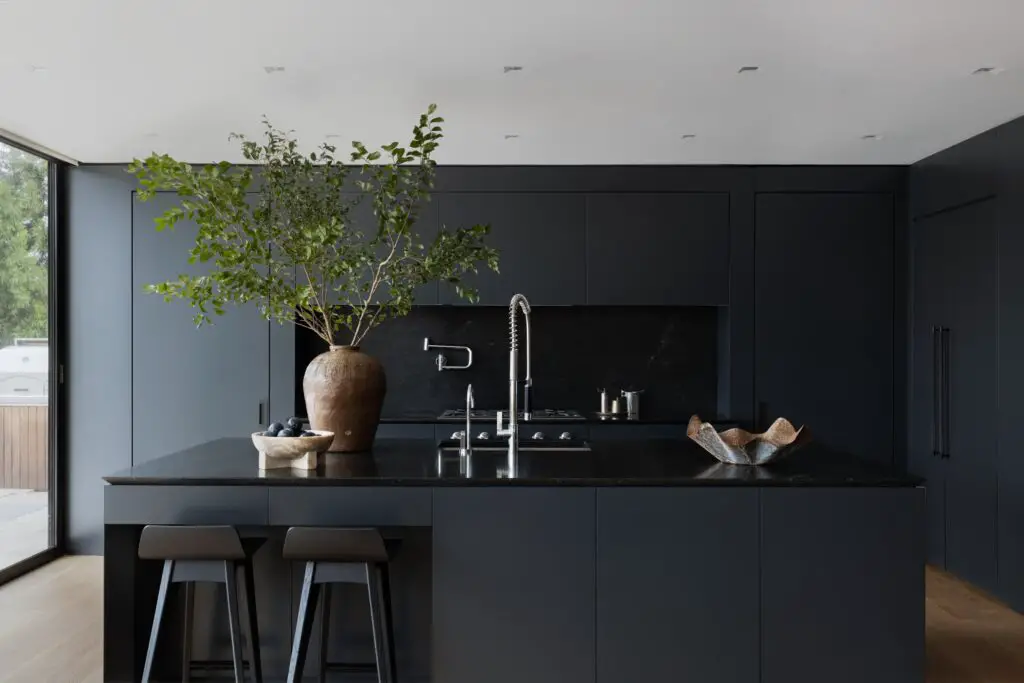
Matte black walls and ceilings may give off a moody, high-end look, but they absorb a ton of light. According to Better Homes & Gardens, dark matte finishes can make rooms feel smaller and more oppressive if there’s not enough natural light to balance them out. While this color choice might photograph beautifully, it often turns living spaces into dim, shadowy zones. It’s a dramatic aesthetic, but not always a livable one.
If you’re set on the dark look, try adding contrast with lighter furniture or reflective surfaces to bring some light back in. Incorporating mirrors or metallic accents can help bounce light around the room. You’ll still get the moody vibe without sacrificing visibility. Otherwise, keep black for accents and let your walls breathe a little.
2. Hanging Tiny Pendant Lights Over Everything
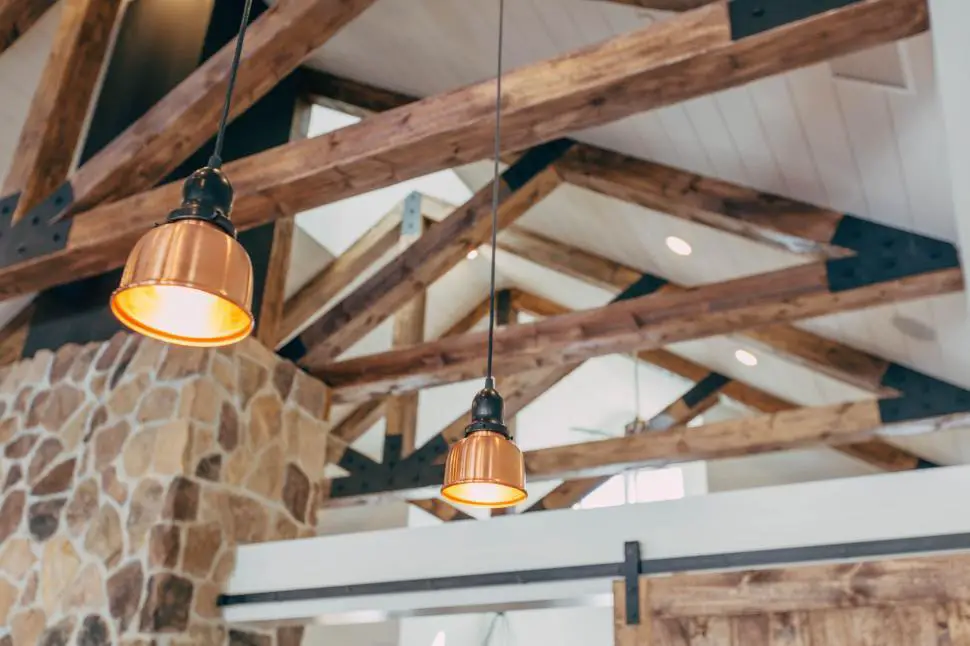
Pendant lights have become the darling of modern kitchens and dining areas, but too many small pendants can create uneven lighting. As Forbes points out, focusing on style over scale leads to insufficient brightness and awkward shadows. What looks minimal and chic might not provide enough illumination to cook, clean, or eat comfortably. It’s form over function, and it doesn’t always work.
Instead of several small pendants, consider one larger fixture or a set with broader coverage. You can also layer them with recessed or under-cabinet lighting for a fuller effect. This way, you’ll have both ambiance and practicality. A well-lit space should feel warm and balanced, not spotty and dim.
3. Using “Warm” Bulbs That Are Too Yellow
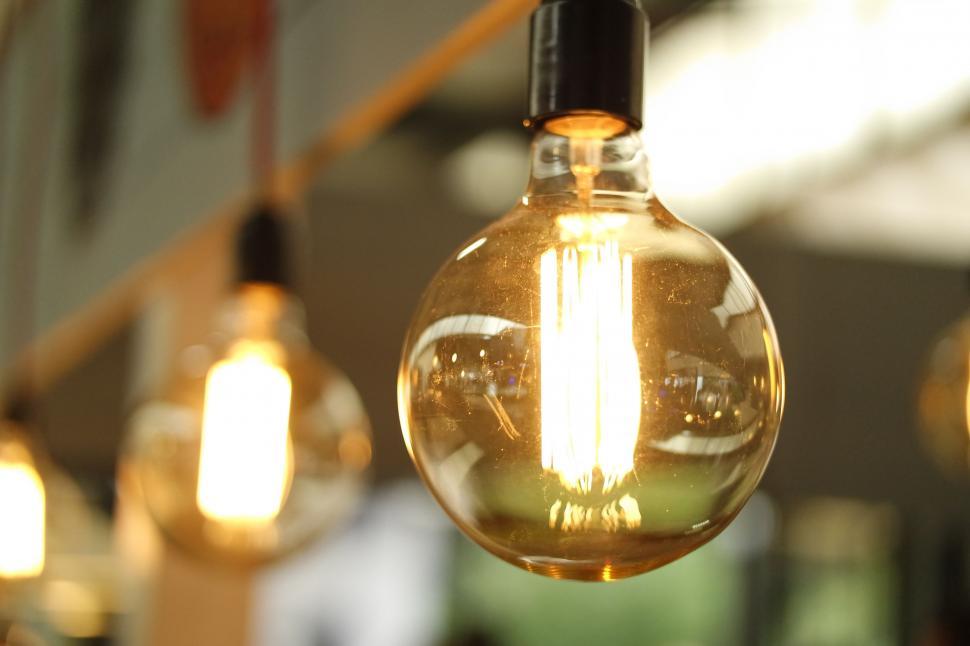
Warm lighting is great for creating a cozy atmosphere—but go too warm, and your room starts to look sickly. Better Homes & Gardens notes that overly yellow bulbs can cast an unflattering hue, especially on skin tones and food. It may feel relaxing at first, but your brain can quickly interpret it as dingy or outdated. The wrong bulb temperature can ruin even the most beautifully decorated room.
Look for bulbs around 2700K–3000K for that warm look without going full goldfish bowl. In workspaces or kitchens, you might want something cooler (closer to 3500K) for clarity. Getting the color temperature right keeps your lighting from dragging the entire room down. It’s a small detail that makes a huge difference.
4. Covering Windows with Heavy Curtains
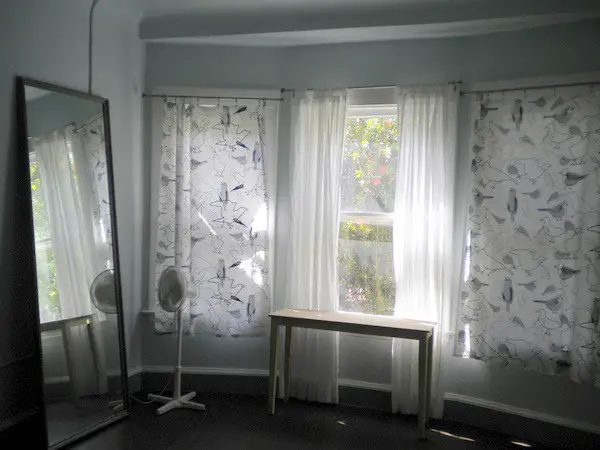
Thick, dramatic curtains might scream luxury, but they often block too much natural light. As Apartment Therapy reports, even when drawn open, bulky drapes can reduce the amount of sunlight that filters into a room. Natural light is one of the easiest and cheapest ways to make your home feel inviting and alive. If you’re cutting it off, your interiors will always feel a little dim.
Try sheer panels or linen drapes instead, which soften sunlight without erasing it. Roman shades or woven wood blinds also give privacy without the bulk. The goal is to filter—not block—the light that’s already available. Your lighting plan should always start with what the sun is offering.
5. Skipping Overhead Lighting Completely
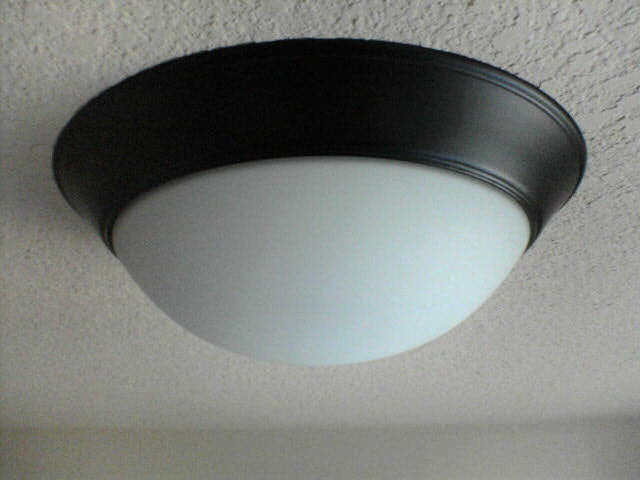
Relying only on lamps or sconces may give off a cozy vibe, but without overhead lighting, you risk creating uneven coverage. Corners of the room might end up dark and unusable, and you’ll likely strain your eyes trying to work or read. While ambient lighting matters, task and overhead lighting provide clarity. It’s all about balance between mood and functionality.
Consider combining ambient fixtures with a flush mount or statement chandelier. Dimmer switches can help adjust brightness to suit the time of day. A room should have layers of light, not just one glowing spot. Skipping overhead lighting is like leaving a room half-finished.
6. Choosing Aesthetic Fixtures with Low Output
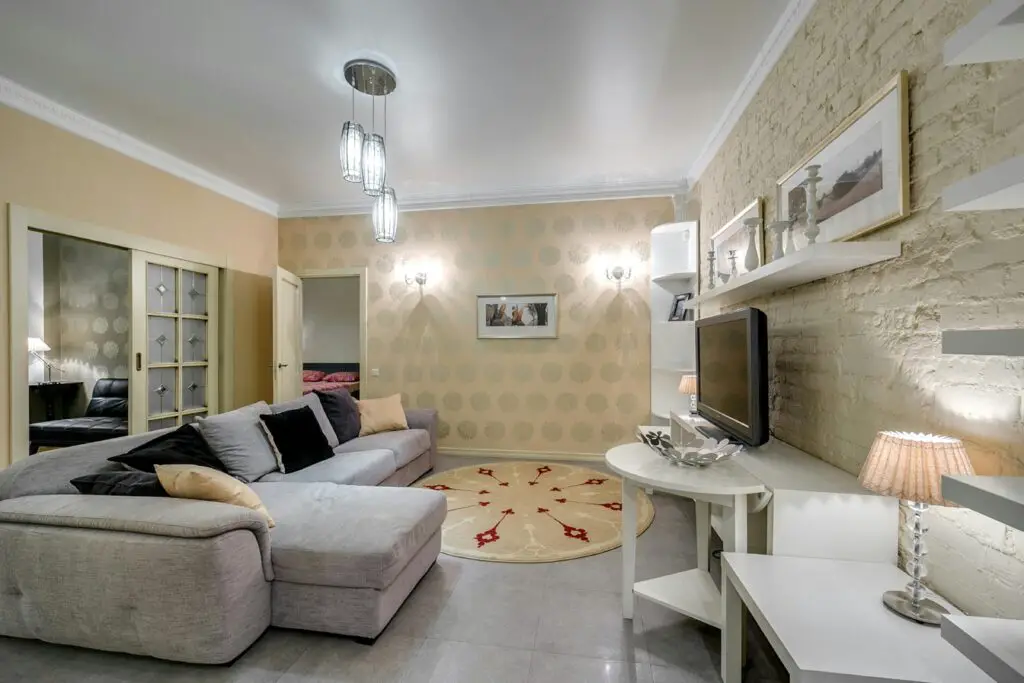
Some light fixtures prioritize form so heavily that they barely give off light at all. You’ve seen them—gorgeous glass orbs, tiny shaded sconces, or minimal LEDs that look good but don’t do much. The result is a pretty but underlit room. Style without substance leaves you in the dark—literally.
When shopping, always check the lumens, not just the design. Make sure your chosen fixture can handle multiple bulbs or offers adequate wattage for the room’s size. If a light is meant to be a statement piece, supplement it with other functional sources. Your eyes (and your guests) will thank you.
7. Recessed Lights in Every Corner
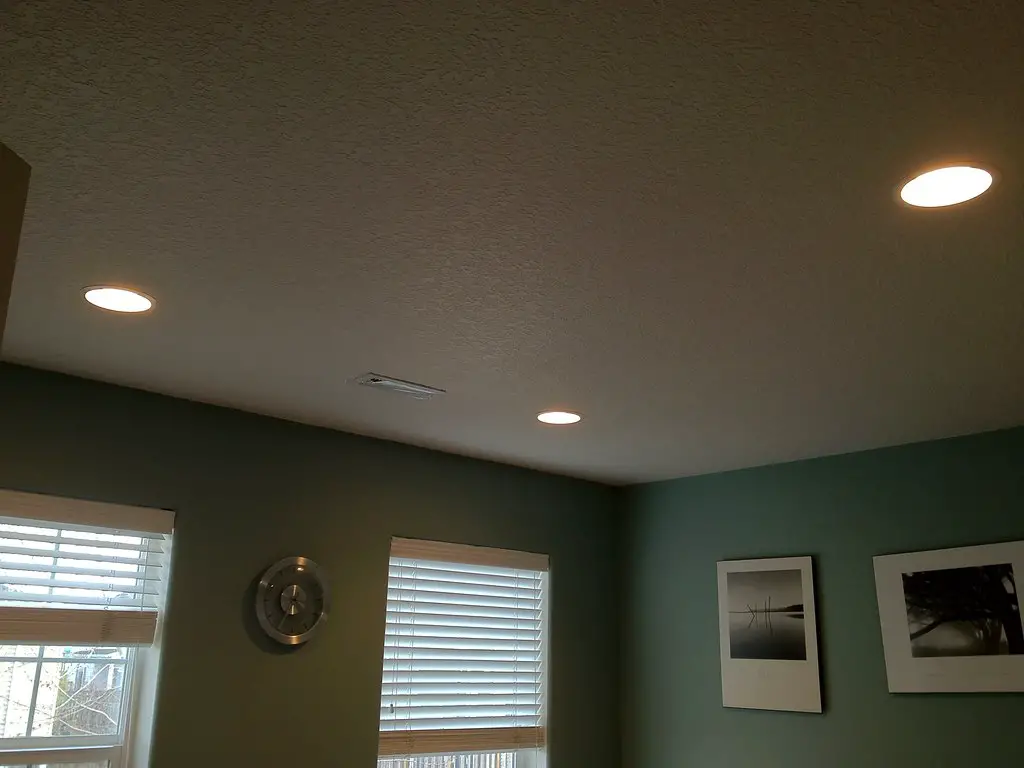
Recessed lights can be sleek and subtle, but too many can create a harsh, clinical feel. It’s easy to go overboard and end up with a ceiling that looks like an airport terminal. The light can become overly direct and flat, especially in rooms meant to feel relaxing. Too much of a good thing is still too much.
Instead, use recessed lighting selectively to highlight key areas—like kitchen counters or workspaces. Then soften the rest of the room with table lamps, sconces, or floor lighting. Layered lighting creates visual interest and makes a room feel lived-in. Even modern spaces need a little softness.
8. Only Lighting the Ceiling
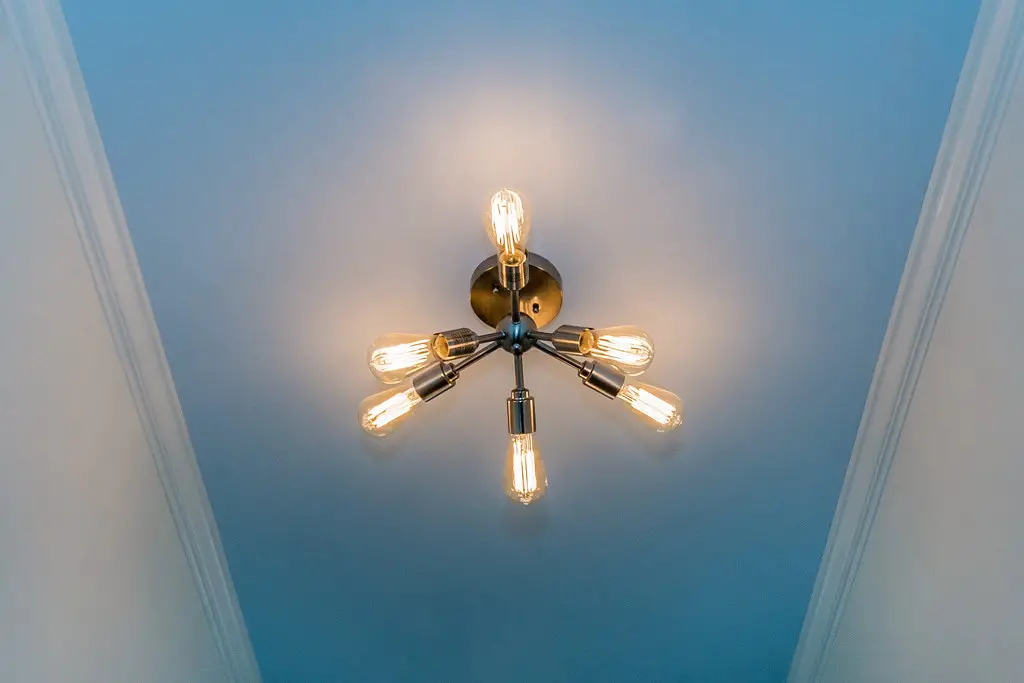
A lot of people install ceiling fixtures and call it a day, leaving the lower half of the room in shadow. This top-down-only approach creates poor visibility and a stark, shadowy effect on furniture and faces. It’s especially problematic in large or tall rooms. Light should wrap a space, not just sit above it.
To fix this, incorporate mid-level sources like floor lamps or table lamps. Accent lighting—like picture lights or shelf LEDs—adds warmth and dimension. When every level of the room is lit, it feels more cohesive and intentional. Think of lighting as a full-body experience for your space.
9. Using Fixtures That Cast Dramatic Shadows
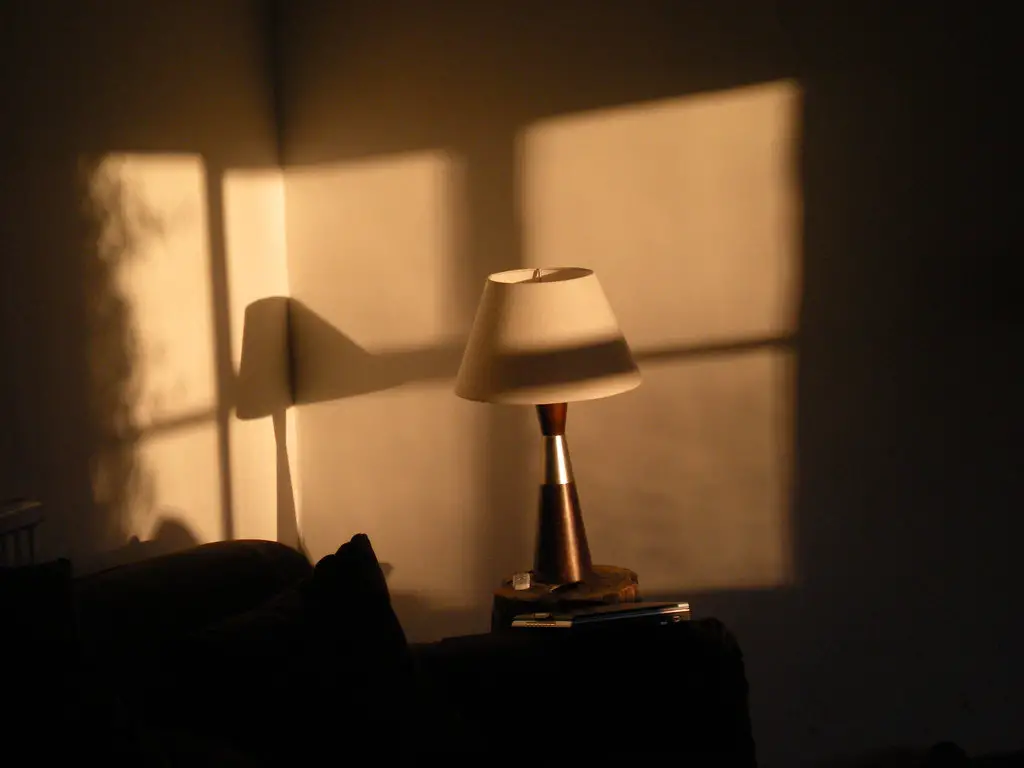
Artistic fixtures with cutouts or intricate designs can look amazing—until they throw weird shadows all over your walls. What feels sculptural in theory often ends up looking chaotic or distracting in practice. In small spaces especially, these shadows can feel overwhelming. It turns a relaxing atmosphere into visual clutter.
If you love a bold fixture, test the light pattern before installing it permanently. Or pair it with softer sources that reduce sharp contrast. Beautiful design should enhance a room, not confuse the eye. Light should support the space, not fight with it.
10. Forgetting About Task Lighting Altogether
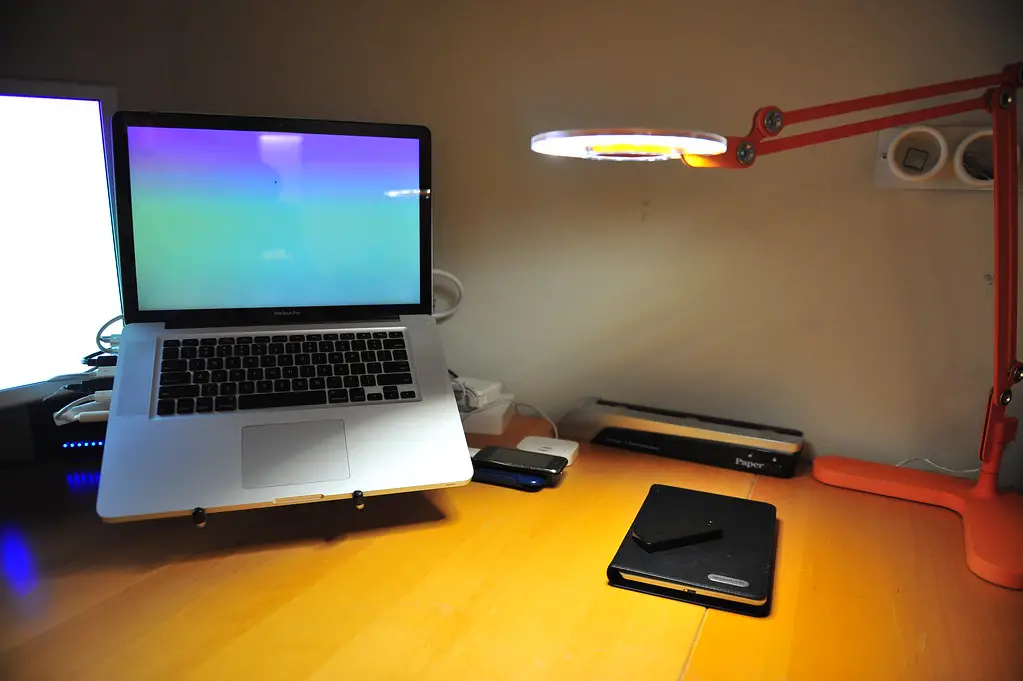
Ambient lighting alone doesn’t cut it when you need to chop veggies, apply makeup, or read a book. Without proper task lighting, these activities become harder and less enjoyable. It’s one of the easiest lighting layers to forget—and one of the most important. A pretty lamp can’t do it all.
Add under-cabinet lighting in the kitchen, sconces in the bathroom, or desk lamps in your office. These focused sources help you see clearly without flooding the whole room. It’s the practical layer that makes every other design choice work better. Function and form go hand in hand.
11. Going All-In on One “Mood”
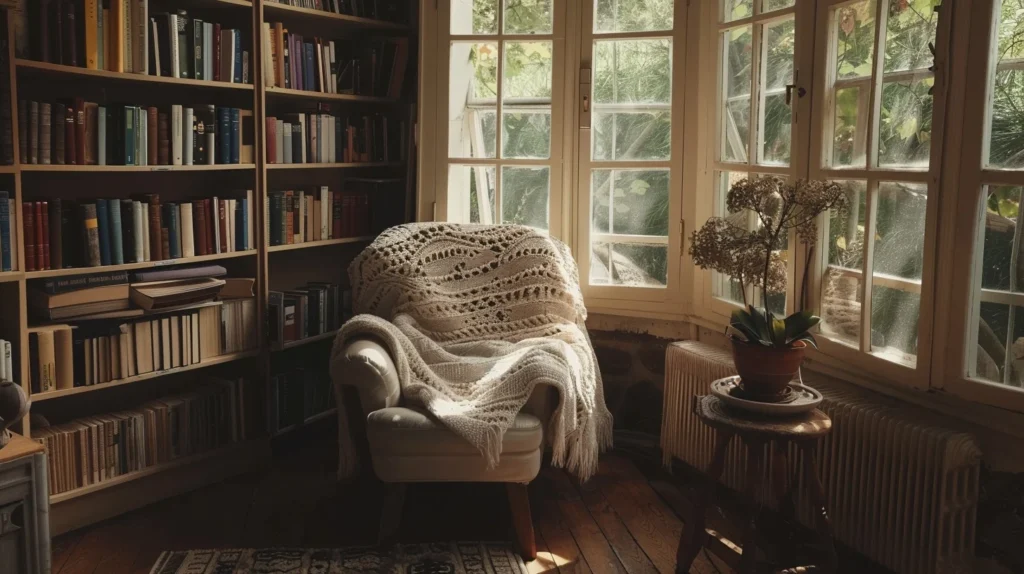
Some people chase a cozy, romantic mood and forget that homes need to serve different functions. A living room drenched in amber glow may feel magical at night—but frustrating during a Zoom call or afternoon read. It’s about versatility, not just vibe. One-note lighting gets old fast.
Try mixing dimmable lights with layered sources that adapt to different times of day. A room should shift with your needs—from bright and energizing to soft and serene. Lighting doesn’t just create a mood—it supports your lifestyle. Don’t let a single aesthetic lock you into a bad experience.
